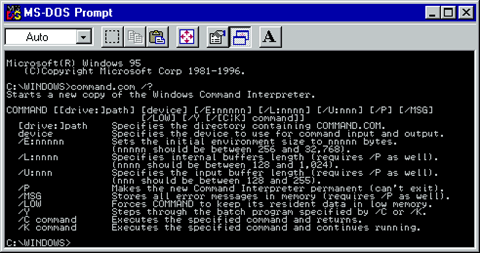Last week I had the pleasure of attending this year’s OPTECH, one of the world’s premier conferences for builders, operators, tenants, and owners of mixed-use and multifamily structures. It was invigorating and inspiring. The amount of vital innovation and adaptation happening in this space to make housing better and more accessible to all is astounding. But one thing that stood out to me is how, even among so much change and evolution, some of the fundamental components and aspects of multifamily housing infrastructure remain reliant on outdated, even ancient, technology.
Cutting-Edge Buildings, Stone Age Experiences

It’s not uncommon these days to encounter a multifamily building that looks like it’s straight out of the Jetsons, but has an entry and access experience more akin to what you’d expect in the Flintstones.
Whether it’s a new build or older structures that have been renovated and updated over time, today’s apartment complexes and condo highrises often feature irresistible new amenities…and the exact same access control systems and intercoms and so on that we were using thirty years ago.
While so much has changed, the experience of just getting into a home remains the same tedious, frustrating experience.
And it’s not just the tenants that are suffering. These archaic systems are expensive to maintain, cost a fortune to replace, and have deleterious downstream effects on a variety of processes and operations that erode ROI.
At OPTECH I met with David Thomas, Director of Innovations and Portfolio Management for Veritas Investments. He shared that many of the 300+ buildings in the Veritas portfolio are supported by independent maintenance staff. When a unit in those buildings needs maintenance, the third-party contractors have to go through a complicated process to get an access code via company software portals, often delaying execution.
Multiply it by dozens or hundreds of visits today and factor in that the staff is paid by the hour, and suddenly the costs start racking up (and tenants aren’t getting any happier waiting).
The Obstacle to the Multifamily Building of the Future
This situation isn’t unique to Veritas. Any firm with a large enough portfolio of properties will have some (potentially many) with outdated technology. David shared an instance of a property with a call box reliant on an ancient dial-up modem and DOS (Microsoft’s original operating system from 1981) interface.

Dirty little secrets like this are hidden in the walls and foundations of structures of all kinds around the world. Research from the 2021 State of Physical Access Control Report shows that most physical access components are 5 years old if not older…and they do not age well.
There’s no shortage of modern ‘solutions’ to our archaic access control experience. Most aimed at replacing or updating many of the physical cornerstones of traditional multifamily building access: call boxes and intercoms, RFID readers and keys, security and hospitality desks, etc.
From mobile access to automatic biometric sensors, a myriad of new providers are offering ways to make entering and moving throughout a structure a faster, seamless experience.
That all sounds great. But for many real-world property owners and operators like David, there’s a 50-billion-dollar hurdle in the way: all the existing access security and access hardware and software already installed.
This infrastructure represents enormous previous investments and poses an even greater cost to tear it all out and replace it with one of these pricey new alternatives. A full rip-and-replace is not only expensive but time-consuming and disruptive; you might have to cut off access to doors, units, or even entire floors or buildings for days at a time.
To complicate things further, there’s no single new hardware solution that can provide everything a multifamily building needs. Some smart suite solutions are great for tenant use inside individual housing units but are inadequate for the exterior of the building or elevator bank (or vice versa).
Plugging in all the right new tools for each specific purpose means further fragmenting your access control tech stack. That means greater ongoing maintenance costs, more security vulnerabilities, and less communication and data passing between systems.
Retrofitting the Way We Think About Access Technology
Another common theme at this year’s OPTECH was the sense of a need for renewal, for adapting and upcycling existing resources, for revisiting and challenging conventions and processes we’ve been taking for granted.
This approach can be applied to the problem of access control, too. Sure, you can commission a bunch of contractors to shut down part of your buildings for days at a time while they yank out your legacy systems and painstakingly install shiny new tech.
Or.
Or you could let all that infrastructure you’ve invested in sit right where it is and continue getting value from it, and simply retrofit it to have all the modern capabilities and features of an innovative system.
Yes, even if it’s currently using a dial-up modem and DOS.
Why throw away perfectly functional hardware when it can simply be updated and modernized for a fraction of the cost and time with no disruption to your tenants?
That’s what Zerv brings to the table: the ability to transform and connect disparate legacy systems and get them all talking to each other while adding essentials like remote access and mobile credentialing.
Whether it’s an outdoor callbox, the gate to the community pool, or the door to individual units, Zerv seamlessly fits into your existing infrastructure and can even help it play nice with your new smart building technology.
Interested in learning how it works? I’d love to explain how it all comes together for multifamily properties and give you a demonstration! Just contact us to get the conversation started.

COMMENTS